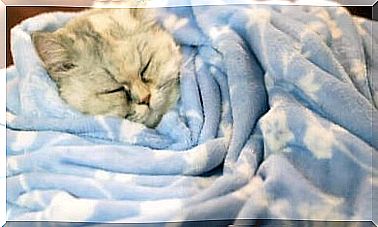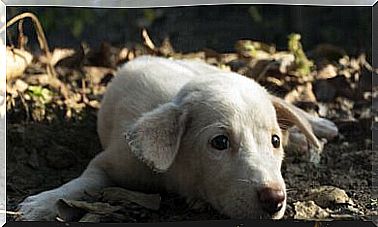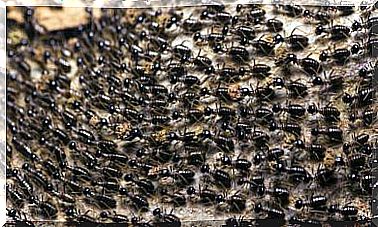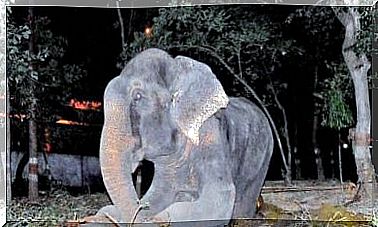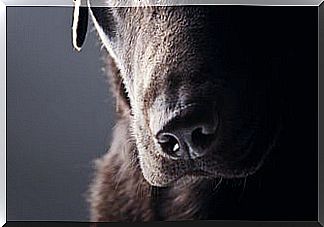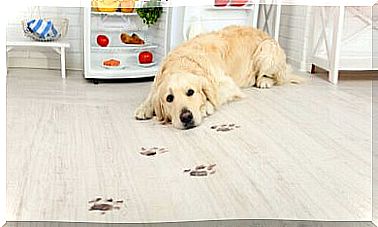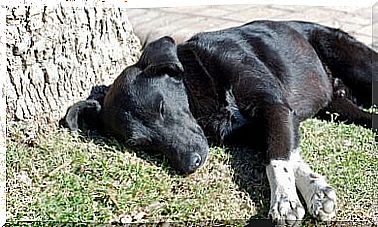Worms That Eat Plastic: A Response To Pollution?
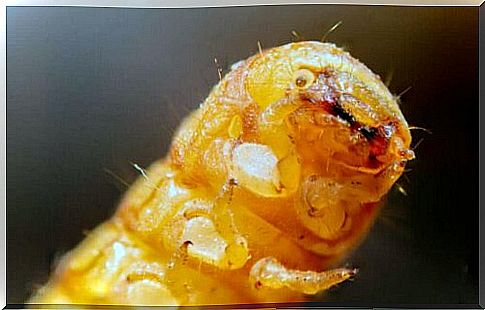
The discovery of plastic-eating maggots or worms is shrouded in hope and skepticism. According to experts, more than 320 million tons of plastic are consumed worldwide every year. In fact, in one way or another almost all sectors of the population use this material.
In this sense, it is estimated that between the years 1950 and 2015 the production of plastic waste amounted to 6,300 million tons worldwide. The use of plastic has led to its accumulation as a major pollutant of land, rivers, lakes and oceans.
In this context, the discoveries of animals able to exert the biodegradation of plastics have long been awaited. Below, we show you some encouraging data on the subject.
Worms Eating Plastic: A New Hope
Since the 1950s, many researchers have studied insects’ ability to eat plastic and their ability to damage packaging materials.
The beetles and larvae exhibiting this behavior were identified in the family of Tenebrionidae , the family of Anobiidae and family of Dermestidae . However, over time, interest in these studies has been lost.
Subsequently, in the early 1970s, many research groups investigated the biodegradation of polystyrene (PS) in soils, seawater, landfill debris, activated sludge and compost.
Therefore, the scientists determined that some jawed insects can chew and eat plastic packaging, including polyvinyl chloride (PVC), polyethylene (PE) and polypropylene (PP) packaging films. However, until recently, little was known about whether ingested plastic could undergo the process of biodegradation in the insect’s gut.

What are the worms that eat plastic?
Recently, a group of Chinese scientists reported that waxworms (the larvae of the Indian moth or Plodia interpunctella ) are able to chew and eat PE film, and two bacterial strains, isolated from its gut, are capable of degrade it.
The same group also found that mealworms, the larvae of the cockroach Tenebrio molitor , much larger in size than wax worms, can eat Styrofoam as their only diet.
In addition, a research team from the University of Cantabria reported biodegradation of PE by the wax larvae of the Galleria mellonella moth . Finally, this ability to eat plastic is also recognized in the so-called caimans, the larvae of Zophobas morio , also of the Tenebrionidae family .
Allies or enemies?
In general, these worms are the second stage of an insect which has four life stages: egg, larva, nymph and adult. They are considered a calamity because they parasitize honeycombs (wax worms) or grain stocks (mealworms), causing large economic losses.
Apart from that, mealworms are also considered a resource. These larvae are a cost-effective animal food available at many insect outlets and pet shops.
The larvae are mass produced as food for birds, reptiles, amphibians and fish using bran, an agricultural by-product, as the primary food. In general, they can be easily raised in fresh oats, bran or wheat grains with potatoes, cabbage, carrots or apples. In addition, the manure generated by mealworms is sold as fertilizer.
What is the mechanism that allows the biological degradation of plastic?
In 2015, a group of Chinese researchers showed that a strain of mealworms from Beijing, China, could survive by feeding on plastic for a month.
After treating the worms with antibiotics, this ability disappeared, suggesting that digestion occurred by means of the microbial activity of the intestinal flora. These studies have been expanded with the use of worm strains from the United States.
Therefore, it is now known that the ability to degrade plastic is widespread among different strains of worms. It should be noted that progress was made when it was found that PS degradation rates significantly improve by supplementing the worm’s diet with a conventional food source.
Furthermore, the scientists also established that mealworms fed this mixed diet can reproduce and give birth to a second generation capable of degrading PS.
The microbiome is nature’s secret weapon
The same group of researchers following this line of research carried out an analysis of the intestinal microbiome of the mealworm Tenebrio molitor . Until now, scientists have managed to reveal the existence of two groups of bacteria ( Citrobacter sp. And Kosakonia sp .) Strongly associated with the biodegradation of PE and PS.
In addition, they were able to identify other bacterial groups associated exclusively with the biodegradation of each type of plastic. These results suggest an adaptability of the worm’s gut microbiome that allows for the degradation of chemically different types of plastics.
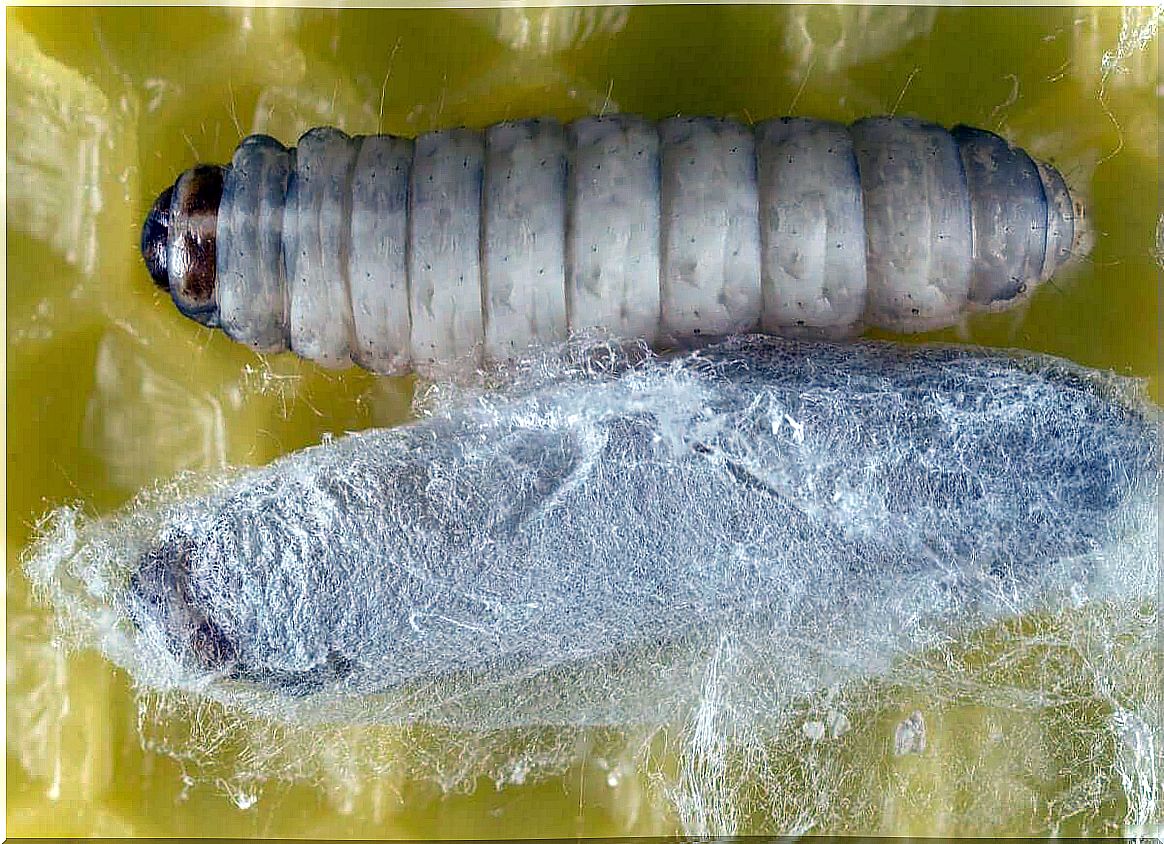
The study of plastic-eating worms confirms that rapid biodegradation of PS in the intestine of the larvae is possible. Therefore, there is a promising plastic degradation process that can be useful for improving environmental pollution levels.
